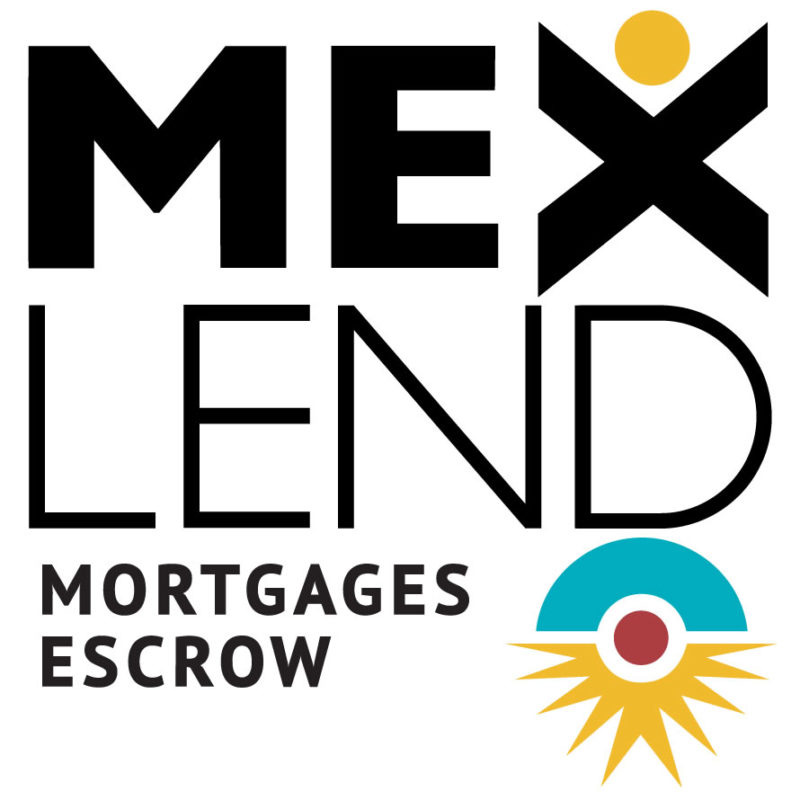Q: What is a Good Faith Estimate and what should be included? Patty M, Los Angeles, CA
A: All reputable mortgage brokers should be willing to give their clients a Good Faith Estimate or GFE outlining the costs associated with financing a real estate transaction. In the US, Truth In Lending Laws mandate a GFE be presented to and signed by a borrower seeking financing. Most banks lending in Mexico also require their approved brokers to follow these guidelines and supply clients with GFE’s.
Good Faith Estimates on cross border loans should provide an itemized list of all expenses pertinent to BOTH the Real Estate PURCHASE and THE LOAN. This is important to emphasize because closing costs, in general, are higher in Mexico than what most borrowers are accustomed to in the US and Canada. Historically, local custom has dictated the majority of the closing costs fall on the buyer. The consolation being that when and if you sell your property you then pass these costs on to your buyer.
If your Realtor or Developer gives you an estimate of costs prior to your getting loan approval – your Mortgage Broker’s estimate will reflect those costs PLUS the additional costs associated with obtaining a loan.
Costs for the property side of the transaction will include the cost of the Notario, the cost of obtaining an SRE permit, property transfer and acquisition taxes, trust application fees, first year trust fees, tax appraisal fees and all registration fees. These fees are largely non-negotiable (read: fixed) and formulas for determining their totals are issued on a Mexican federal and state level. They can vary widely between the Mexican States. For example, closing costs in Nayarit, Vallarta’s neighbor to the north, are different than closing costs here in Jalisco.
Costs included in the Good Faith Estimate associated with the loan will be broker fees, bank fees, processing fees, commercial valuation fees, appraisal fees, interim interest, title insurance – if applicable and insurance premiums. These will vary from broker to broker and from bank to bank.
What many borrowers do not realize is that there are currently as many as 15 different Banks Lending in Mexico and more entering the market as I write this column. Some are Mexican entities and others are based in either the US or Canada acting in partnership with Mexican Banks. Each of these Lenders has distinctly different loan programs and fees can vary considerably. However, generally speaking, banks with higher closing costs typically offer lower interest rates and those with lower closing costs offer higher interest rates. In addition, borrowers with excellent credit and easily documented income will usually see better terms over all – than those who don’t, won’t. These aspects of the Mortgage Industry in Mexico closely mirror those of the US or Canada.
Most importantly, remember that a GFE is an ESTIMATE given in good faith. Your mortgage broker should come within a reasonable margin of the actual, final costs. However, it is not an exact science and there are unforeseen variables which can change the numbers as you approach your closing; such as currency fluctuations, changes in tax laws which occur PRIOR to funding but AFTER loan approval and depending on the final, appraised value of the property.





